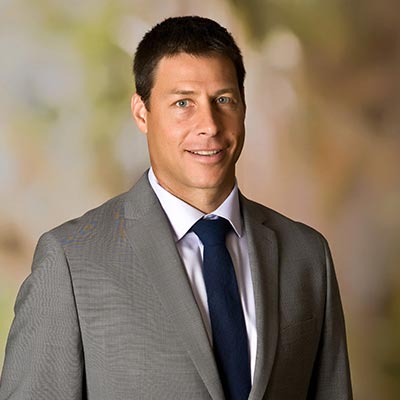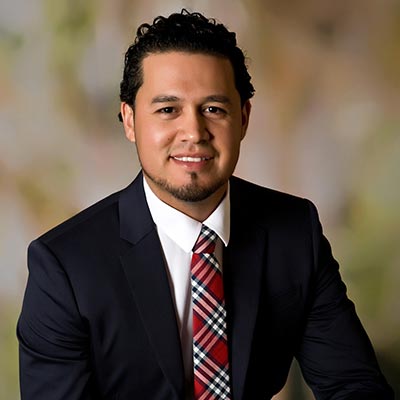 The Peace River Regional Water Supply Facility (PRF) in DeSoto County relies upon surface water from the Peace River to supply drinking water to the region. Water is pumped from the river using large-capacity, axial-flow pumps which delivers the river water to a surface reservoir. The storage system and water production reliability of the PRF are dependent upon adequate availability of water at the intake pump station.
The Peace River Regional Water Supply Facility (PRF) in DeSoto County relies upon surface water from the Peace River to supply drinking water to the region. Water is pumped from the river using large-capacity, axial-flow pumps which delivers the river water to a surface reservoir. The storage system and water production reliability of the PRF are dependent upon adequate availability of water at the intake pump station.
In 2014, Johnson Engineering began evaluating hydrologic and hydrographic data of the river around the PRF intake pump station. Our team reviewed a variety of historical aerial photographs, literature, and performed site assessments, and performed a hydraulic modeling of the river. A hydrographic survey was completed to measure the depth and bottom configuration of the
river. The evaluation confirmed changing river bottom conditions over the last 20 years around the pump station’s intake structure, due to a number of processes including point bar accretion, cut-bank erosion, riparian vegetation advancement, siltation, and sand deposition.
Ecological assessments were conducted to identify environmental and wildlife concerns associated with the surrounding area. Our team also performed a surface water model of the river which helped determine the need to dredge and to establish the most adequate dredge conveyance. Ecological assessments, sampling, and modeling all were needed to obtain the necessary permits. Our recommendation plan to the Peace River Manasota Regional Water Supply Authority included a two phased dredging plan to improve the reliability of water delivery to the river pump station intake and performing a hydrographic survey on a regular basis to monitor the changes of the river bottom over time.
Phase 1 of the recommended plan involved acquiring a maintenance dredging permit. The area, which was originally dredged in 1974, is directly in front of the river pump station intake structure. The maintenance dredge work was successfully completed in January 2017 and removed approximately 3,500 cubic yards of river sediment directly in front of the pump station. Our team then performed another survey of the river bottom to confirm the dredge work and to provide updated river bottom depths along the channels.
In September 2017, Hurricane Irma hit Florida, severely impacting the area. The Peace River overflowed its banks, flooding the PRF. It was nesssasary to make sure the facility could continue to pump water for residents. Our team arrived onsite within two weeks to perform another hydrographic survey to identify any sedimentation changes along the river. They found river deposits had accumulated in front of the pump station as a result of some of the highest historical river flows. It was now necessary to perform a second maintenance dredge to remove an estimated 800 cubic yards of material placed as a result of the high flows.
A year later, our team performed a fourth hydrographic survey of the river to obtain current conditions to prepare the design documents needed for the upcoming Phase 2 dredging project. The second phase of the plan involved maintaining adequate water conveyance between the main channel extending from the CR 761 bridge to the river intake pump station. This phase had a dredge area of approximately 3.8 acres and consisted of removing approximately 16,500 cubic yards of river sediment. Authorization from the FDEP and USACE was also granted to perform a second maintenance dredge as part of Phase 2. Our team provided construction administration, inspection, and water quality assurance during all dredging operations.
The work was successfully completed in August 2019. The team performed a fifth and final hydrographic survey to confirm dredging volumes for Phase 2. In total, 20,200 cubic yards of river sediment was removed from the river and is being stored and stockpiled at the PRF site to be used as a fill resource.
The project resulted in no impacts to wetlands or wildlife, such as gopher tortoises, scrub jays, and manatees. Having a multidisciplined team was crucial to the overall success of this project which has helped improve the reliability of water delivery to the river pump station intake.
For more information, contact Erik Howard, PE, PSM at (239) 461-2441 or [email protected].
































































